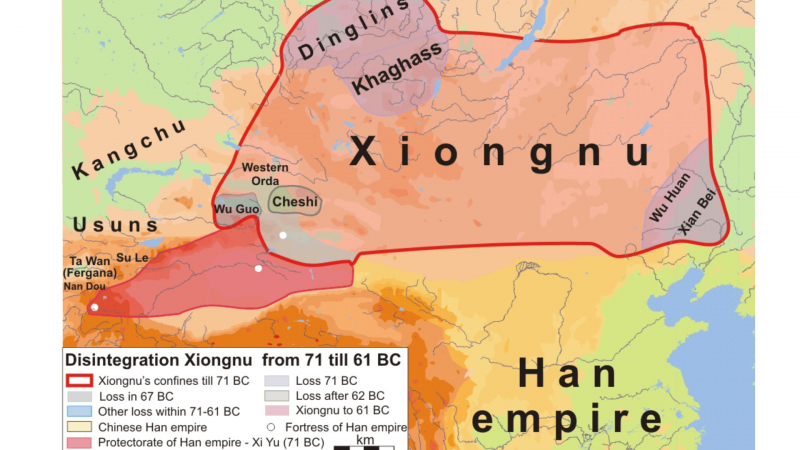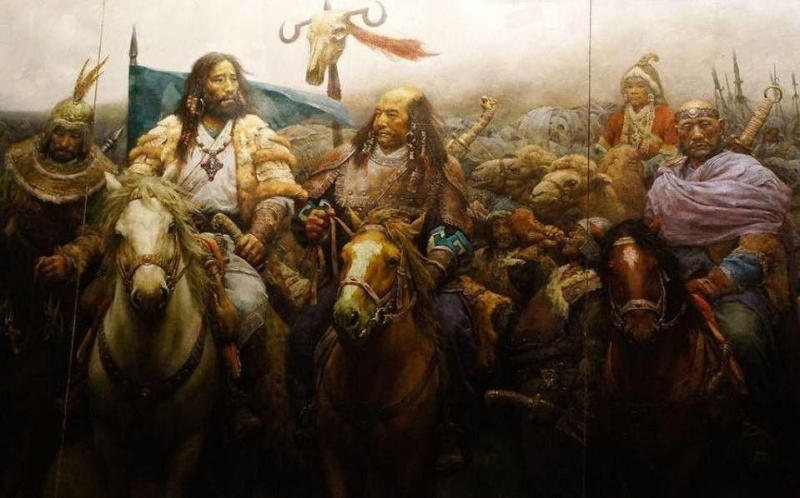Xiongnu Empire

From the third century BC to the end of the first century AD, the eastern Eurasian Steppe was home to a tribal confederation of nomadic peoples known as the Xiongnu. According to Chinese sources, Modu Chanyu, the emperor who reigned after 209 BC, established the Xiongnu Empire. For a steppe kingdom, the Xiongnu confederation had an exceptionally long lifespan. Raids on the Central Plain were conducted not only to obtain products but also to compel the Central Plain polity to pay tribute on a regular basis. The Xiongnu ruler's ability to manage Han tribute, which he used to reward his allies, was the foundation of his authority. Due to the Xiongnu state's need for Han tribute, the Han and Xiongnu empires both flourished at the same time.
The Xiongnu emerged as the dominant force on the East Asian steppes, centered on the Mongolian Plateau, after their former adversaries, the Yuezhi, moved west into Central Asia during the second century BC. Additionally, the Xiongnu were present in regions that are today Siberia, Inner Mongolia, Gansu, and Xinjiang. They had complicated relationships with the Chinese dynasties to the south-east, fluctuating between various eras of peace, conflict, and oppression. The Xiongnu were ultimately destroyed by the Han dynasty after a protracted war that lasted decades. As a result, the confederation was split in half, and many Xiongnu were forcibly relocated inside Han territory.











